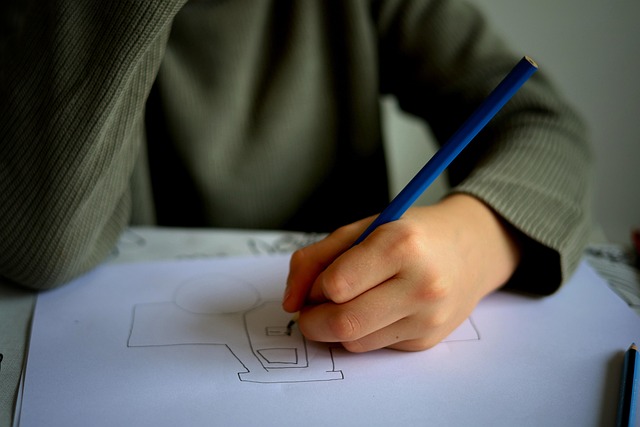In the rapidly evolving landscape of education, the integration of VR lessons is not just a trend; it is a pivotal shift that is redefining how knowledge is imparted and absorbed. Imagine stepping into a virtual classroom where learning transcends traditional barriers, allowing students to explore the farthest reaches of the universe or dive deep into the ocean’s mysteries, all from the comfort of their homes. This is the promise of virtual reality (VR) and augmented reality (AR) within the metaverse.
Virtual reality immerses students in a 3D environment, providing experiences that textbooks simply cannot offer. Picture a biology lesson where students don VR headsets and find themselves inside the human body, witnessing the function of organs and systems firsthand. Such immersive experiences enhance understanding and retention, making complex subjects accessible and engaging. The integration of VR lessons permits educators to create simulations that showcase historical events, scientific principles, or even art forms, transforming rote memorization into vivid experiences.
On the other hand, augmented reality serves to enrich the real world with digital overlays that bring subjects to life. Imagine holding a chemistry book, and, with a simple scan, chemical structures emerge in 3D right before your eyes. This interactive experience encourages curiosity and fosters a deeper understanding of the material. For educators, AR tools can make traditional lessons more captivating and interactive, bridging the gap between theory and practice.
The metaverse combines these modalities, offering educators an expansive platform to innovate teaching methodologies. In this shared virtual space, students from around the globe can collaborate in real-time, conducting experiments, participating in discussions, or tackling challenges together. This not only broadens access to quality education but also cultivates a sense of community among learners who may never meet in person.
Moreover, VR and AR are instrumental in catering to diverse learning styles. Visual learners benefit from immersive graphics, while kinesthetic learners engage with interactive elements, deepening their understanding of the material. The integration of VR lessons addresses the varied needs of students, ensuring that education is inclusive and adaptable.
However, the transition to an education system that fully embraces these technologies requires investment and training for educators. Professional development programs must equip teachers with the skills to create and implement immersive lessons effectively. As the landscape shifts, it’s essential for educational institutions to prioritize the incorporation of VR and AR tools into their curricula, providing teachers the resources they need to leverage these advancements seamlessly.
As we move forward, the vision of a more interconnected educational experience becomes clear. With the integration of VR lessons and the innovative use of AR within the metaverse, educators can inspire the next generation of learners, preparing them for an unpredictable future. By embracing these technologies, we open doors to new possibilities, ensuring that education is not just about acquiring knowledge but about engaging with the world in dynamic and transformative ways.



